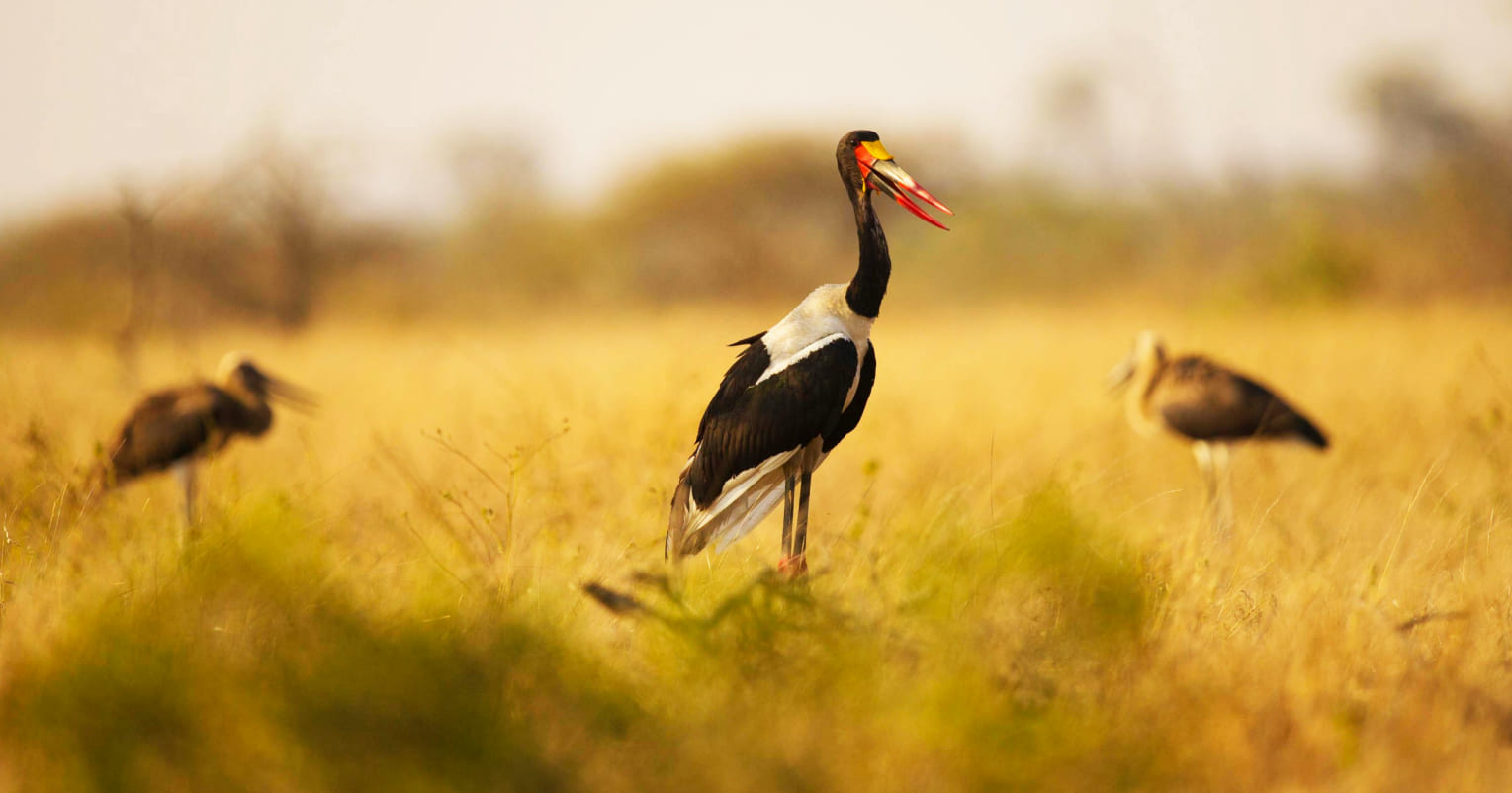
Understanding Animal Social Structures and Group Dynamics in Zoos
Many animals have complex social structures and hierarchies that play a critical role in their survival and well-being. Zoos provide an opportunity to study these social interactions closely, observing behaviors that would be difficult to witness in the wild. For example, zookeepers and researchers can learn how primates communicate and establish dominance, how wolf packs operate as a unit, and how social animals like elephants care for their young. These insights contribute to better zoo management practices, helping zoos replicate social structures that improve animal welfare.
Zoos also educate the public on animal social behavior, helping visitors understand the importance of social bonds for many species. By highlighting these dynamics, zoos emphasize that animals are complex beings with emotional needs. Educating the public about animal societies fosters empathy and encourages support for conservation. Zoos can also inform people about the impact of social disruption caused by habitat loss, hunting, and other human activities, encouraging conservation efforts that prioritize family and group integrity for social species.



